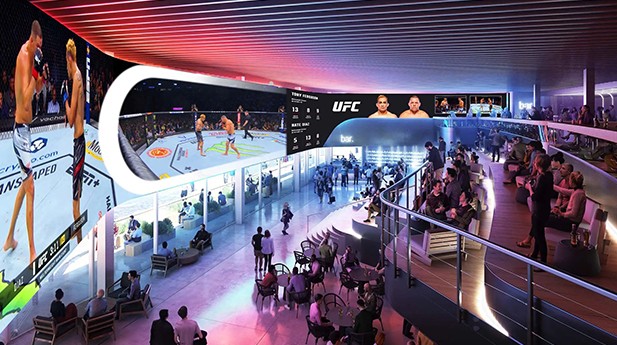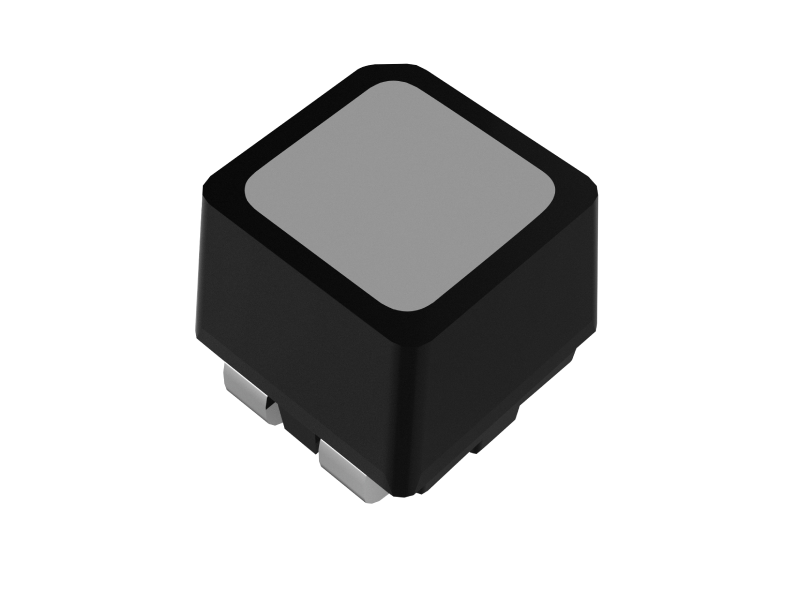As LED display and spatial audiovisual technologies continue to advance at a rapid pace, immersive experiences are no longer niche — they’re becoming mainstream. Recently, U.S.-based immersive venue operator Cosm announced that it will debut a fully immersive screening of the sci-fi classic The Matrix in June 2025, utilizing a massive 12K LED dome screen in its Los Angeles and Dallas locations.

Audiences will step into a cyberpunk virtual world beneath a towering LED dome, where audiovisual effects seamlessly blend with spatial design for a fully immersive viewing experience. This project is not only a breakthrough in cinema technology but also marks a key milestone in the commercialization of immersive entertainment.
Since its original release in 1999, The Matrix has gained a massive global following for its revolutionary depiction of the future and its philosophical depth. Now, Cosm is taking this iconic content and combining it with cutting-edge LED display technology to break free from the limitations of traditional flat-screen viewing.
With a 360-degree immersive environment created by a 12K resolution LED dome, complemented by spatial audio and dynamic environmental lighting, viewers will feel as though they’ve entered the simulated world of the Matrix — bringing sci-fi imagination vividly into reality.
Set to launch at Cosm’s new immersive venue in Los Angeles, this project is expected to redefine audience expectations of cinema experiences while offering a replicable model for immersive entertainment, brand marketing, and live event broadcasting.
Notably, Cosm, originally known for its expertise in broadcasting sports events, is now expanding its footprint into the immersive cinema sector — a move that signals the growing potential of immersive experiences beyond sports and tourism into the entertainment industry.

Beyond Cosm’s ambitious Matrix project, leading global developers such as Sphere and Little Cinema are also accelerating their efforts in immersive filmmaking, aiming to deliver next-generation audiovisual experiences for audiences.
In Las Vegas, MSG Group’s Sphere venue — famous for its 16K x 16K wraparound LED screen — has announced an $80 million investment to create an immersive remake of the classic film The Wizard of Oz. This project will feature ultra-high-definition visuals alongside panoramic sound, environmental effects, and 4D immersive experiences.
Sphere’s previous immersive production, Postcards from Earth, generated global buzz and became a landmark event in the application of ultra-HD LED cinema.
Meanwhile, U.S.-based immersive content studio Little Cinema is partnering with entertainment giants like Warner Bros., Netflix, and Amazon Prime Video to develop innovative content for immersive cinemas, XR spaces, and virtual interactive platforms.
Immersive films, themed interactive exhibitions, and virtual social experiences are emerging as key trends in the future of entertainment.
In 2024, Little Cinema produced a large-scale online immersive experience for Netflix’s hit series Bridgerton, engaging 60,000 participants on Valentine’s Day — further demonstrating the commercial potential of immersive content.
Industry experts widely agree that the rise of immersive experiences is accelerating upgrades across multiple technology sectors — from LED display systems to ultra-HD content production, spatial audio solutions, and XR interactive technologies.
Key trends include:
– Commercialization of large-scale Micro LED and MiP display technologies
– Increasing demand for 8K, 12K, and 16K content creation
– Cinemas and venues evolving from traditional displays into complex immersive environments
– Collaboration across hardware manufacturers, content creators, real estate developers, and XR technology companies to build ecosystems combining “content + space + experience”
Looking ahead, the audiovisual industry’s next wave of innovation will be driven by the fusion of LED mega-screens, ultra-HD content, and immersive interactive experiences — unlocking new opportunities across entertainment, commercial display, cultural tourism, brand marketing, and beyond.

Kinglight 1112-BB LED
Whether it’s Cosm, Sphere, or Little Cinema, the latest moves from these global audiovisual leaders prove that immersive experiences are no longer just a concept — they’re rapidly becoming reality, transforming how people watch movies, enjoy entertainment, and interact with spaces.
For the LED display industry, this represents both a challenge and a golden opportunity. The future will belong to those who can seize the lead in ultra-HD content ecosystems, immersive scenario applications, and the experience-driven economy.